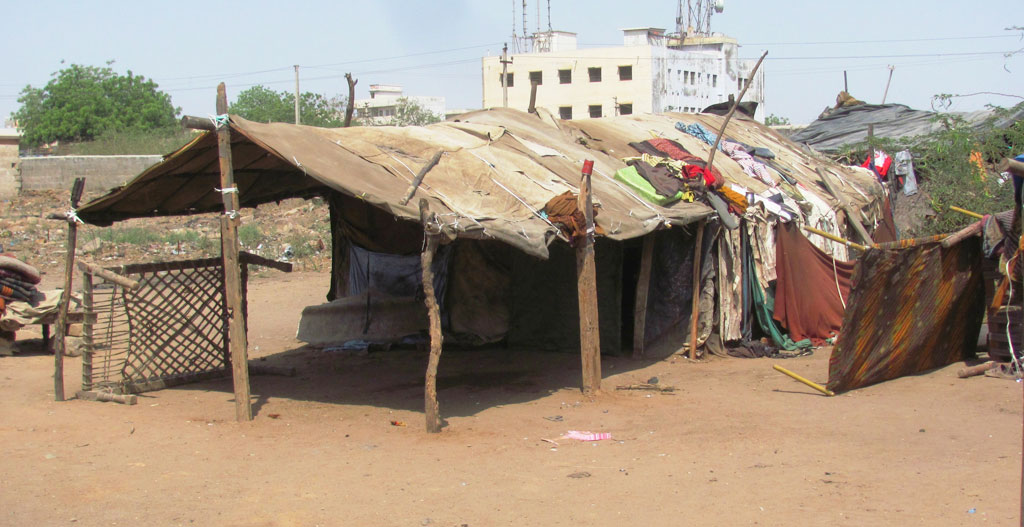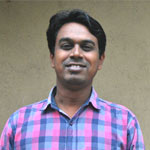SUMMARY
After a long period, recently, government policy has recognized that providing in-situ housing -where the slums are located- as a basic human entitlement. Despite regular budget allocation for this purpose, the executions by urban local bodies have been extremely poor. A study completed by IIM Bangalore in 2014 reveals that in 2012, there was housing shortage of 18.8 million units in India, largely for EWS and LIG in urban areas. This is primarily because the elite including the vested interests of cities do not want to part with the expensive land the slums are occupying. They do not value the contributions of the poor and do not believe they deserve the ‘expensive’ land they squat on.
At Hunnarshala, we have committed ourselves to pushing a system that ensures housing or than 13000 families of Bhuj, about one-fourth of our city’s population. Making this happen requires a complex understanding of the sociology of slum dwellers, the land records, technical possibilities of achieving housing in limited budgets, getting innovative designs and technology approved and coordinating with generally unwilling bureaucracy at the city, state, and the centre.
Further, we have seen through successive social housing programs the difference ‘Owner Driven Housing (ODR), makes to the dignity, confidence and hence the socio-economic status of the community. ODR is a process, by which people build for themselves, with social, technical and design facilitation.
Coordinating these diverse interventions challenges me and tests my patience. I have done the following to initiate housing for 314 families in three slums of Bhuj under the Rajiv AwasYojana (RAY) –
OWNER DRIVEN HOUSING FOR POOR SLUM DWELLERS
Bhuj is a small city with a population of 1.48 lakh (Census of India, 2011) out of which a large proportion, about 13,979 families, live in slums. According to a study by Hunnarshala Foundation in 2016, about one-third of the city population lives on only 6 percent (270 hectares) of Bhuj’s land. None of the slums are notified yet whereas few of these settlements are 40 to 70 years old, existing from even before independence.
A survey conducted by K-link and Hunnarshala Foundation under Pradhan MantriAwasYojna, Housing for All (Urban) – 2022 reveals that Bhuj city has 77 slums accommodating 13,979 families with a total population of 46,140. Indeed, slums contain 31.2 percent of the total city population. Average household size in the slums is 3.35 persons per household.
The first phase of slum redevelopment in Bhuj was initiated in 2013 covering 314 homes in three locations, under Rajiv AwasYojana, for slum redevelopment. The program is about to complete. Unique features of this programme are mentioned below.
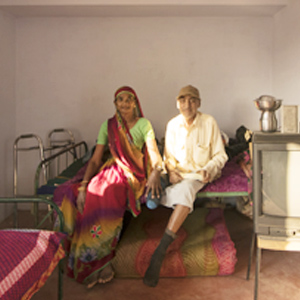
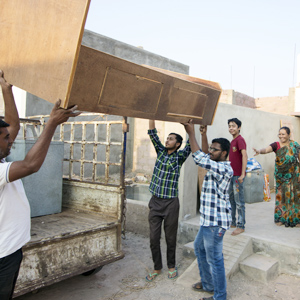
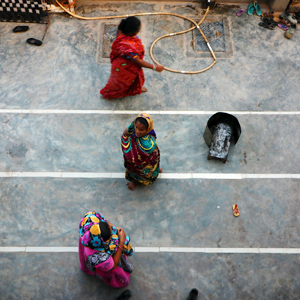
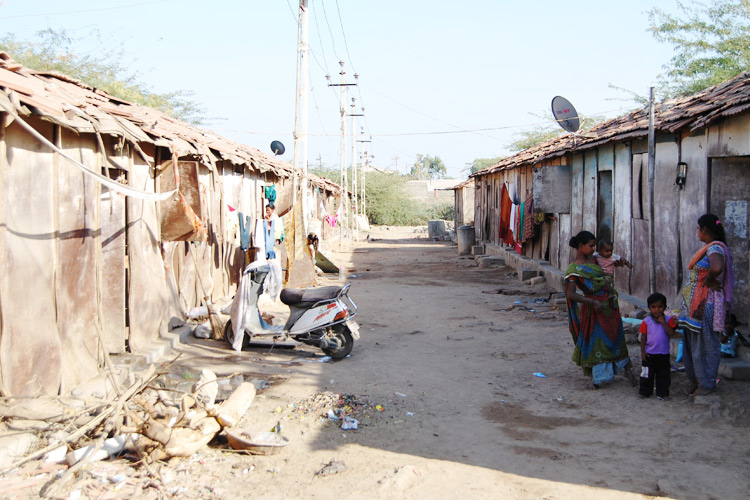
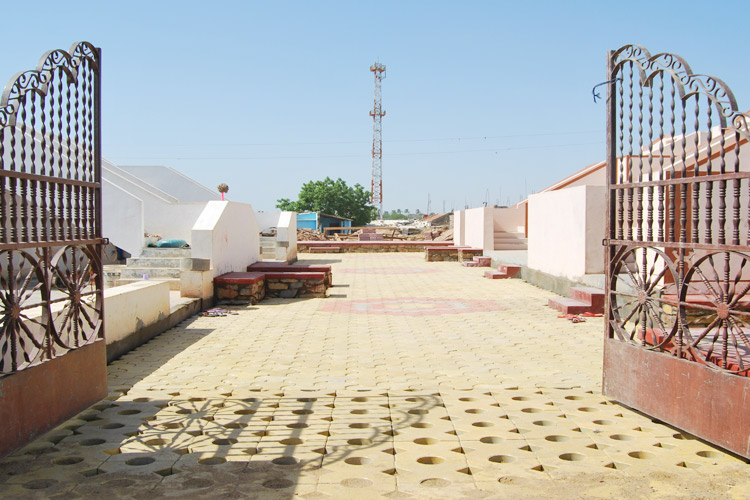
WAY FORWARD
- Dialogue with Municipality and District Administration to notify 77 identified slums in the city under PMAY.
- Approval from State Government for the proposed 1091 houses in 6 slum areas under PMAY.
- Preparation of Housing for All Plan of Action (HFAPoA) under PMAY for Bhuj city.
- Completion of ongoing construction work for 300 houses with infrastructure under slum rehabilitation project.

